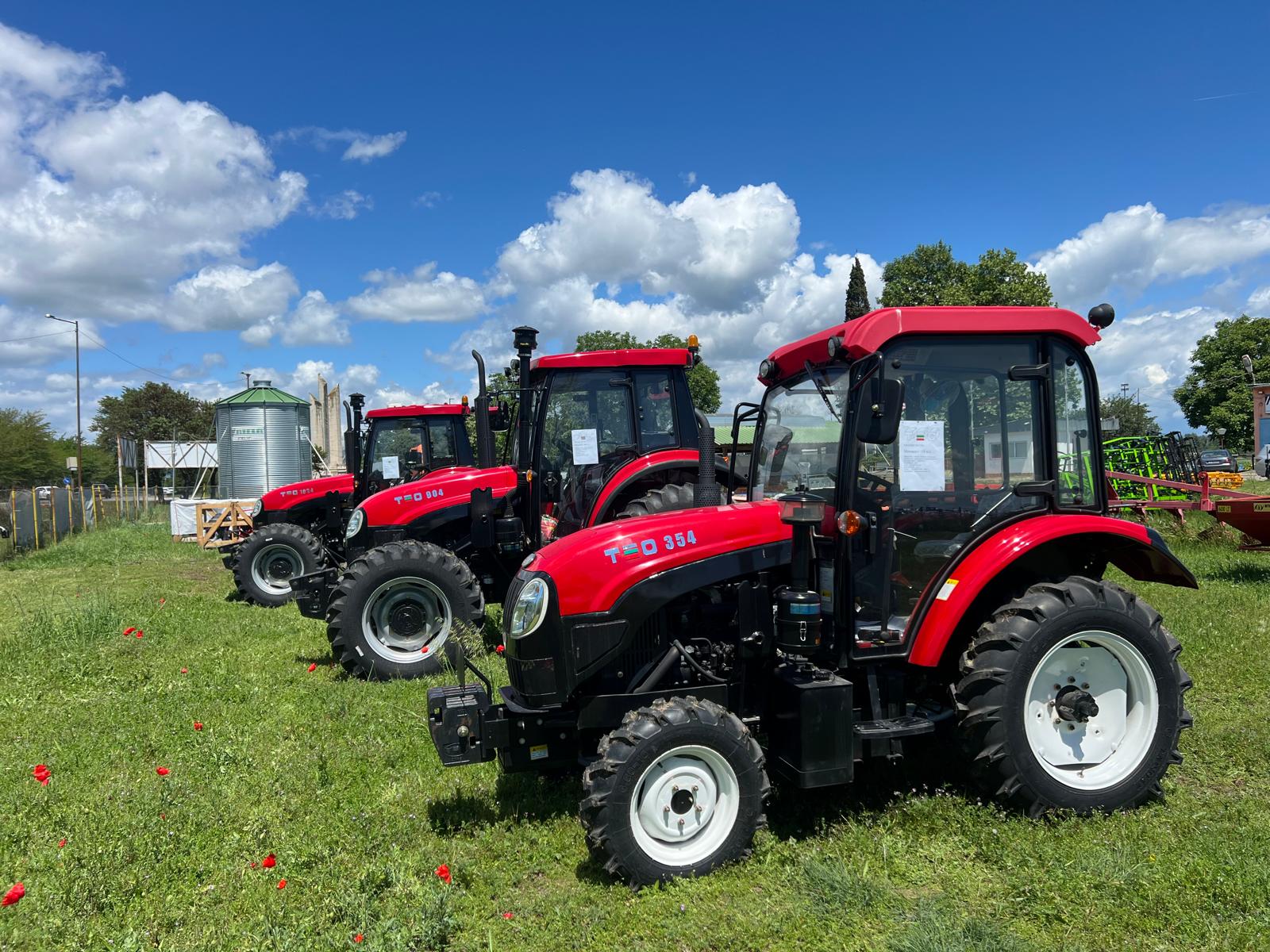
Feed protein: overview of EU production and options to diversify sources

Today, the European Commission publishes its latest forecasts on EU production, trade, and domestic use of a broad range of feed protein sources. Considering that for certain feed proteins, the EU is still reliant on imports, the Commission also publishes a study on the opportunities and limitations to diversify the protein sources. It appears that the choice of feed protein for livestock production remains dependent on several factors, with competitiveness being the main one. Profitability and strong value chains remain central to developing protein production in the EU. Reducing dependence on feed imports can contribute to EU strategic autonomy and ensure a more resilient and autonomous EU food system while improving sustainability.
Based on the available data for 2023/24, feed demand is assumed to remain stable at 71 million tonnes in crude protein compared to the previous marketing year. EU self-sufficiency for all sources of protein is expected to be at 75%. The EU remains fully sufficient in roughage, and it is still the main source of feed protein, representing 41% of total EU feed use. The share of all oilseed meals represents 27% of total feed protein use in the EU and the share of cereals represents 21%. However, for oilseeds meals, the EU only produces 27% of what it needs to feed its livestock sector.
The EU’s dependence on imports of protein products is mainly linked to pedoclimatic and structural reasons, such as the average size of holdings, the available land on the continent, the competitiveness of different crops, and overall, less favourable soil and climate for specific products, like soya beans. The Commission had already stated its intention to support plant protein production in its Communication on safeguarding food security and reinforcing the resilience of food systems published in March 2022.
Some progress can be observed. The EU’s production of protein-rich plants (oilseeds and dry pulses) is forecast to be at 7.2 million tonnes of crude protein in 2023/24, which represents a significant growth of 28% over the last 15 years.
Recommendations presented in the 2018 Commission report on the development of plant proteins in the EU have led to concrete support measures implemented in the current Common Agricultural Policy (CAP). Coupled income support for legumes and protein crops is included in 20 CAP Strategic Plans. The supported area is expected to grow from 4.2 million hectares in 2022 to 6.4 million hectares in 2023 and then to almost 7.1 million hectares in 2027. Moreover, eco-schemes foreseen in 20 CAP Strategic Plans also indirectly support the production of legumes.
The Commission is also investing in research and innovation in the field of protein crops and feeding systems under Horizon Europe and the European Innovation Partnership on Agriculture to make livestock production systems more sustainable, resilient, and circular. However, it is relevant to explore if more could be done at EU and national level to support farmers’ economic choices towards EU protein production.
Diversifying sources of protein feed
The study published today by the Commission, and conducted by an external research consortium, provides a comprehensive analysis of the factors guiding the choices of farmers and other actors in the chain and of options that could be put in place to support the EU production of protein feed. The feeding strategies reflect the diversity of the EU crop and livestock sectors. Throughout the EU, they are mainly driven by economic reasons, like the price of EU produced crops compared with imported crops. Farmers are also influenced by contractual arrangements, the presence of strong supply chains, legislative requirements related to specific types of farming like organic, and longstanding practices they are familiar with.
There is also a question of availability since an increase in diversification of production in the EU requires available agricultural land suitable for the needed crops. The study shows that replacing 50% of soya bean-equivalent imports would mean swapping 6.6 million hectares of other crops.
On the medium-long term, the possible options to reduce import dependency can thus only be a combination of different levers and alternatives that must be competitive, available over a longer period, meet the nutritional needs of animals and be reasonably priced. Among the various courses of actions suggested, the study mentions notably increasing the share of protein derived from grass in the ruminants’ diet, support public and private research to select more efficient varieties to improve yields and better use the nutritional value of raw materials, and fund training for farmers.
At EU policy level, the study recommends temporarily increasing coupled income support within the CAP for plant protein cultivation, in compliance with WTO rules. It also mentions that CAP operational programmes and rural development funds could further support farmers and the value chains to invest in alternatives. Action at national level is necessary to complete that at EU level. According to the study, Member States could systematically include measures to support cultivation of plant proteins in their CAP Strategic Plans but also set up national protein plans.





